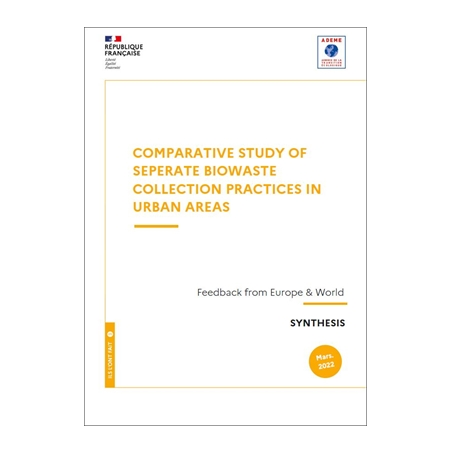With this study, ADEME offers an overview of the separate collection practices of biowaste (more specifically food waste) in 13 large cities in Europe and North America.
What are the difficulties encountered, the solutions found, the common points, what success factors, what lessons can we draw from them for French cities?
Different solutions are found depending on the case study. Examples which interest French communities are those cities that manage to mobilize the most inhabitants to sort and collect food waste separately, that have in common in particular:
- To have adopted a proactive, diversified, continuous communication policy that integrates direct human contact with residents.
- To have reduced the frequency of residual waste collection following the implementation of biowaste separate collection which reflects the political will for food material recovery from waste.
